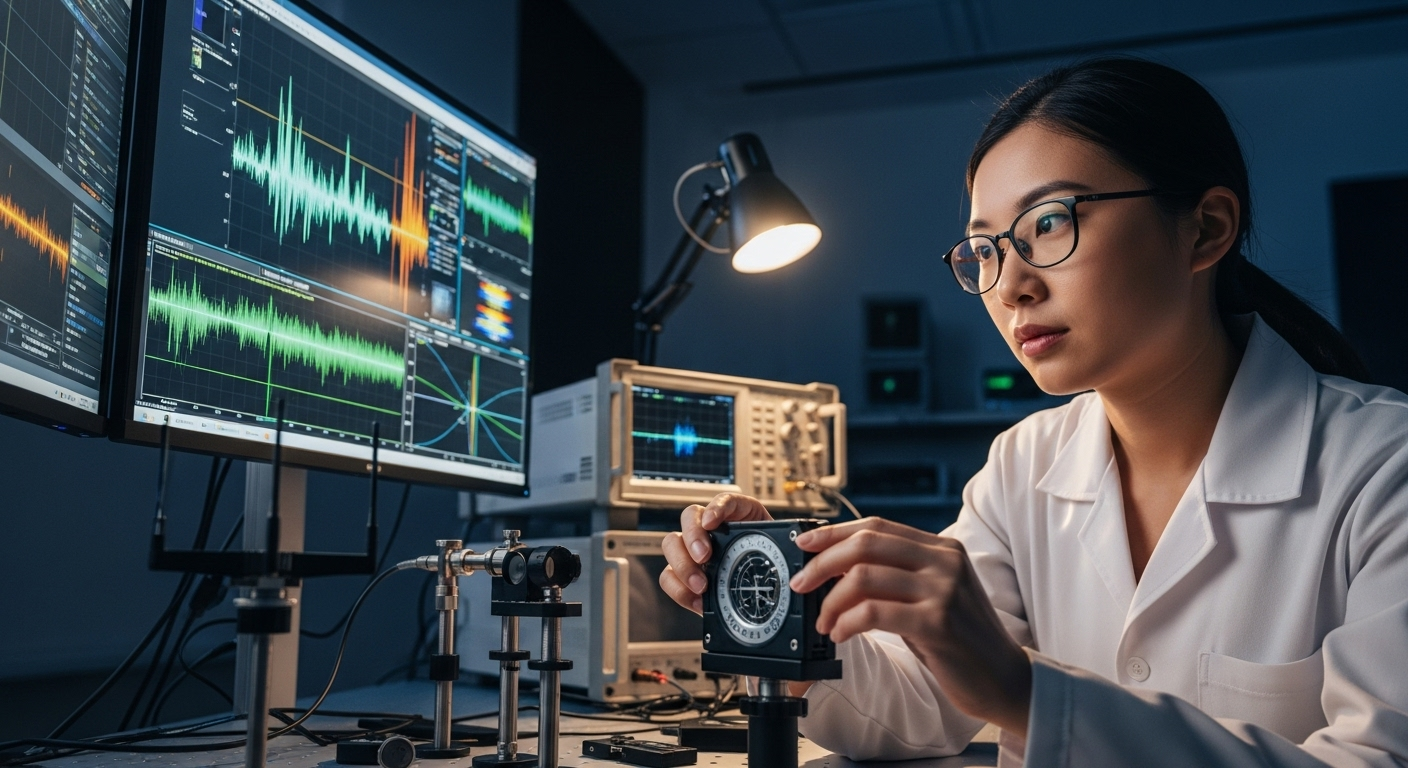Liquidity Detection: Methods, Sensors, and Data Integration
Liquid detection is the process of identifying the presence, absence, quantity, or properties of liquids in a given environment. It is used across laboratory workflows, manufacturing lines, environmental monitoring, and safety systems. Practical detection ranges from confirming a droplet in a microplate well to measuring liquid levels in tanks, and it combines mechanical handling, sensor technology, and data analysis to generate reliable results.

How does a pipette play a role in liquidity detection?
In laboratory settings, a pipette is often the first tool used to introduce, transfer, or verify small volumes of liquid. Accurate pipetting affects downstream detection confidence: inconsistent volumes can produce false negatives or noisy signal baselines. Automated pipetting systems can work with liquid-detection sensors to confirm aspiration and dispense steps, reducing human error. Even manual pipettes are paired with optical checks (e.g., visual inspection of meniscus) or pressure-feedback systems to validate that a sample has been picked up or dispensed correctly.
What is the scientific basis of liquidity detection?
Scientific liquidity detection relies on the physical properties of liquids—optical transparency, refractive index, conductivity, capacitance, mass, and surface tension. Measurement approaches map these properties to a measurable signal: light transmission changes for optical methods, electrical continuity for conductive probes, or frequency shifts for mass-sensitive sensors. Experimental design must control confounding factors such as temperature, viscosity, and contaminants. Calibration against known standards and repeatability testing are standard scientific practices to ensure detection is accurate and reproducible.
Which sensor technologies detect liquidity?
A range of sensors target different aspects of liquids. Optical sensors (photodiodes, cameras, laser sensors) detect changes in transmitted or reflected light. Capacitive and conductive sensors measure dielectric or electrical continuity changes when a liquid bridges a circuit. Ultrasonic sensors estimate level by time-of-flight of sound waves, while pressure or load cells infer volume by weight. In microfluidics, impedance and resonant microcantilevers are common. Choice of sensor depends on the medium (aqueous, organic, corrosive), required sensitivity, response time, and environmental constraints such as temperature or vibration.
How is a sample prepared and analyzed for liquidity?
Sample handling affects detection quality. For many lab assays, proper sample preparation includes dilution, filtration, and degassing to remove bubbles that can confound optical or acoustic sensors. When working with small volumes, consistent pipetting technique and use of low-retention tips mitigate volume loss. For analytical instruments, standard operating procedures specify container type, temperature equilibration, and mixing protocols. Analytical workflows typically pair a sample handling step with an initial check (visual, gravimetric, or sensor-based) to confirm that the sample is present and correctly positioned before full measurement proceeds.
How does a computer process liquidity data?
Computers collect raw signals from sensors and apply signal conditioning, filtering, and pattern recognition to infer liquid presence and properties. Basic processing includes noise reduction, baseline correction, and thresholding to convert analog readings into digital “liquid present / absent” decisions. More advanced systems use statistical models or machine learning to classify fluid types, estimate volume, or detect anomalies across time-series data. Integration layers manage metadata (timestamp, operator, sample ID) and communicate results to laboratory information management systems (LIMS) or manufacturing control systems for traceability and further analysis.
Conclusion
Liquidity detection spans hands-on sample handling with pipettes to automated sensing and computer-based analysis. Scientific rigor in calibration and sample preparation improves reliability, while sensor selection should match the physical and chemical characteristics of the liquid and deployment environment. Modern implementations combine real-time sensor feedback with software processing to support reproducible laboratory workflows, industrial monitoring, and safety applications in your area.






